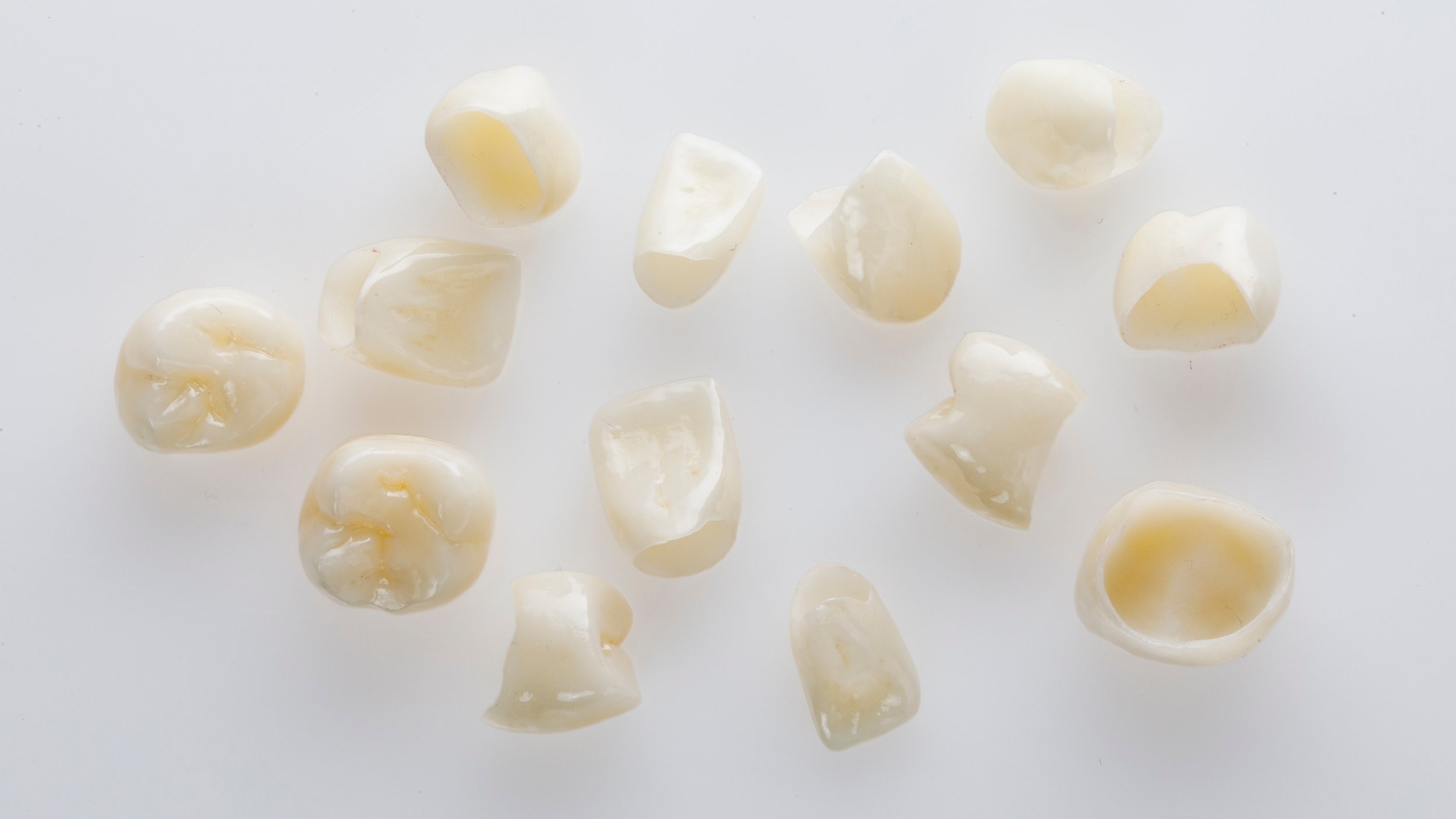
The Enchanting Origins of the Tooth Fairy: A Tale of Magic and Tradition"
A Beloved Childhood Symbol
The tooth fairy is an iconic symbol of childhood, the same way we fondly remember Santa Clause or the Easter Bunny, we look back on the Tooth Fairy with happy memories. Unlike the other two mythological heroes of modern folklore, the Tooth Fairy exists across religion and culture in many societies. But where did the Tooth Fairy originate?
Ancient Tooth Related Myths
The story of the tooth fairy goes back to ancient times, where it was believed that when a child lost a tooth, it marked an important rite of passage. In various cultures, such as European and Asian folklore, children were encouraged to bury their teeth to ensure a smooth transition into adulthood. In medieval Europe, it was thought that witches could use these discarded teeth to cast spells on individuals. To protect their children from this potential danger, parents began the tradition of burying baby teeth or even burning them to ashes.
Over time, this ritual evolved into a more sweet and magical experience, with the idea of a benevolent tooth fairy who would visit in the night to exchange the tooth for a small gift or coin.
Tooth Fairy Traditions Around The World
In France, a child was not able to typically ‘cash in” on any goodies until the 6th tooth fell out. In France, the traditions from the 17th century mention Le Petite Souris (a small mouse). In Latin countries the most well known character is Ratoncito (Little Mouse) Perez. Perez has become a pop symbol in his own right, appearing in cartoons and he even has a museum dedicated to him in Madrid, Spain.
The reason for the mouse being synonymous with so many culture’s tooth fairy tradition is the fact that rodents continue to grow their teeth their entire lives. Anthropologists consider a type of ‘sympathetic magic’ a way for believers to transfer good luck or traits to the child who lost the tooth.
The All-American Tooth Fairy
The tooth fairy was inspired by the legend of the mouse and the good fairy myth. In 1927 or so, a book popularized what would consider to be the modern tooth fairy. The legend was obscure for a while, but with the popularity of Walt Disney’s fairy characters, the tooth fairy gained popularity and quickly became a presence in most households.
A recent survey found the average child in the United States receives $3.70 per tooth, which is considerably more than what we used to get as children. Some parents offer more money for bigger teeth or for the first or last tooth, also inspired by European tradition.
In Need of Modern-day Tooth Fairy Magic for Your Missing Adult teeth?
While the days of eagerly awaiting a gift from the tooth fairy may be a distant memory, as adults, we now have the opportunity to transform our smiles with the help of modern dental technology. If you find yourself in need of dental implants or cosmetic veneers after losing a tooth, our top dentists in Portugal are here to work their own magic. With the latest advancements in dental implant technology, you can restore your smile and regain your confidence. Reach out to us to learn more about how our highly skilled dentists in Portugal can help you achieve the perfect smile you've always dreamed of.

